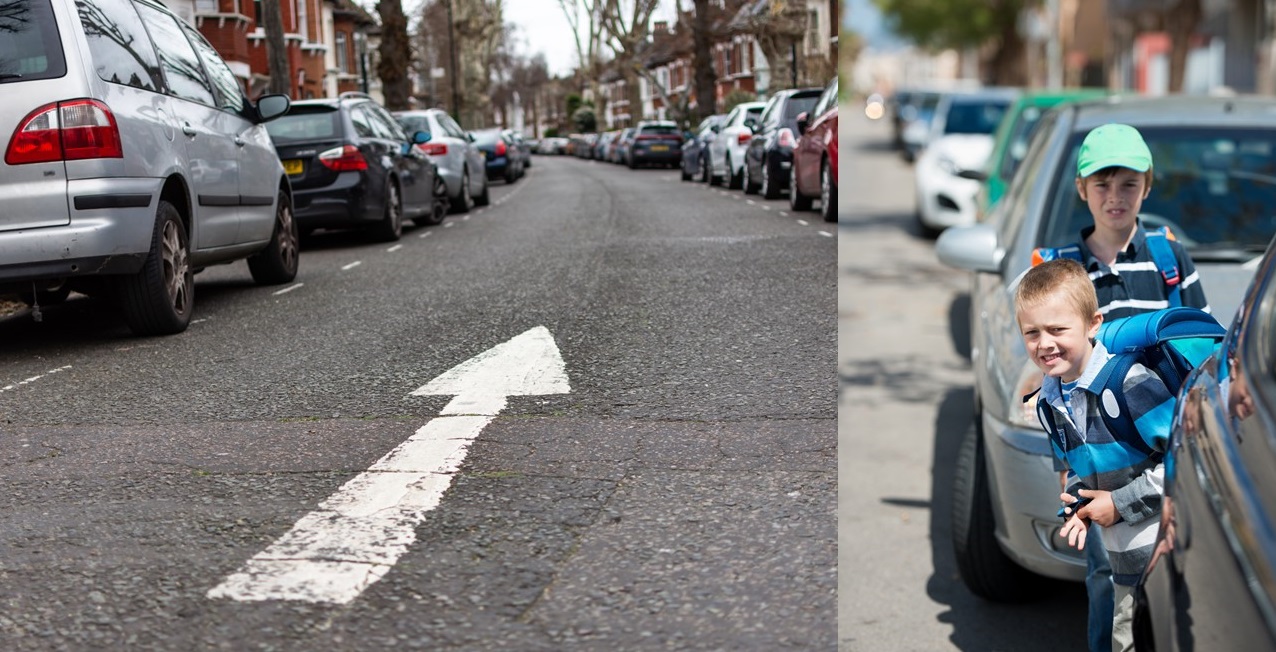
by Craig Arnold
In serious cases, when every detail matters, we must explore how digital data can be harnessed to produce the best results when reconstructing collisions. CCTV footage has become a key aspect of many investigations, but it may not always provide the whole truth.
To shed light on what can often be crucial aspects of an investigation such as speed, braking, or steering inputs, Event Data Recorders (EDRs) can be combined with other digital data, such as CCTV analysis, to provide legal professionals with reliable and robust insights. This article provides an example of how the cross-validation of data can unlock a wealth of valuable information and strengthen the Court’s understanding of the event.
In a recent serious collision involving a pedestrian and a car, the Defendant claimed to have braked prior to the impact. Although CCTV footage showed the vehicle below the speed limit at the point of impact, it failed to reveal the vehicle’s approach speed or confirm whether the Defendant had braked. The view from the CCTV was simply not sufficient to provide the bigger picture. In this case, collision data recovered from the vehicle was an invaluable tool that filled in the gaps and provided critical information to enable an accurate reconstruction.
By retrieving EDR data, collision investigators can more accurately reconstruct the events and actions of a driver preceding an impact, effectively addressing disputes over speed and driver behaviour.
TRL experts attended the vehicle and downloaded the EDR module. Analysis of this data revealed the driver had indeed braked prior to impact. The data provided speed information and showed the exact point at which the driver applied the brakes; this was not visible on the CCTV footage. Analysis of the speed information from the EDR supported the speed obtained through CCTV analysis, thereby cross-validating it.
When EDR data and CCTV footage are combined – such as they were in this case – their collaborative power enhances collision investigations significantly. CCTV footage provides a visual representation of the incident, while EDR data adds an additional layer of objective information, such as accurate speed measurements during the crucial seconds before a collision occurs. By cross-referencing these two sources, collision reconstruction experts can help the Court by providing a comprehensive understanding of the events, filling any gaps left by visual evidence alone.
TRL has several experts who can support investigations by undertaking the recovery and analysis of in-vehicle data. Please contact our team for further information or to check if a vehicle is supported.
This is the fourth bulletin in a series of information notes about EDR. The others in the series cover
- The potential from using EDR data in collision investigations
- Using EDR data to explain Sudden Unintended Acceleration (SUA) events
- Four common collision types where EDR data illuminates causation






